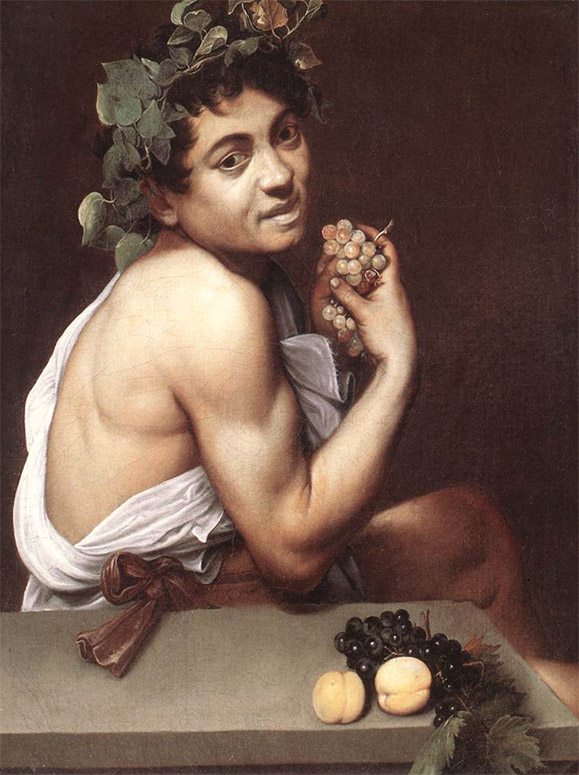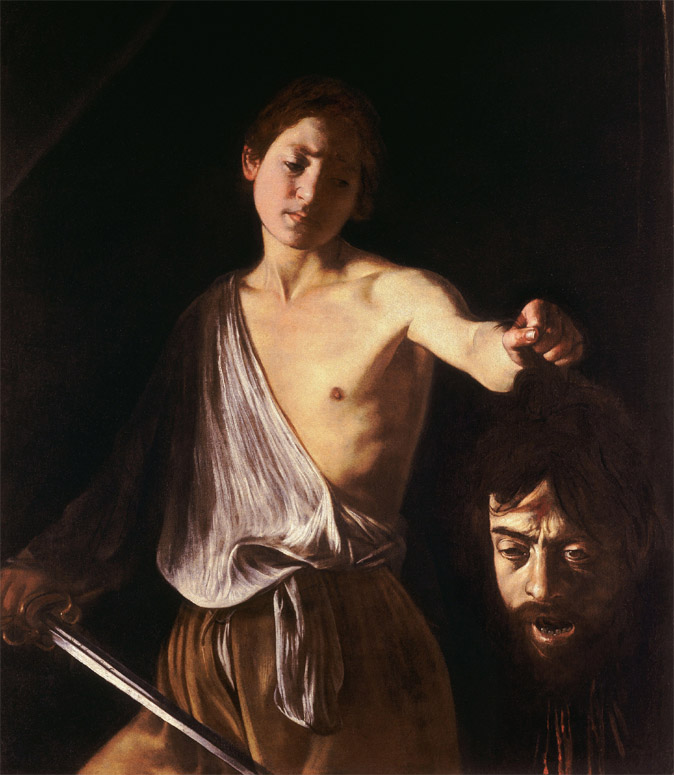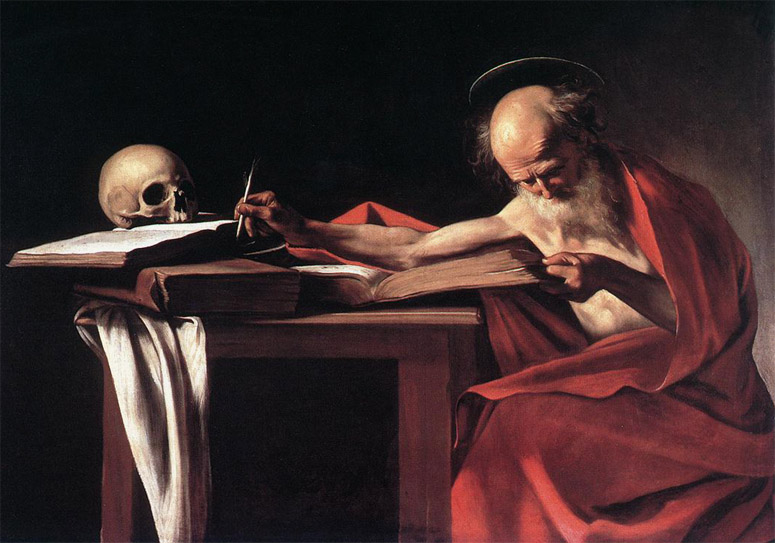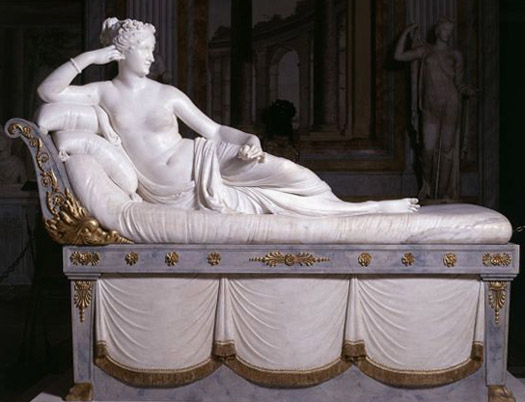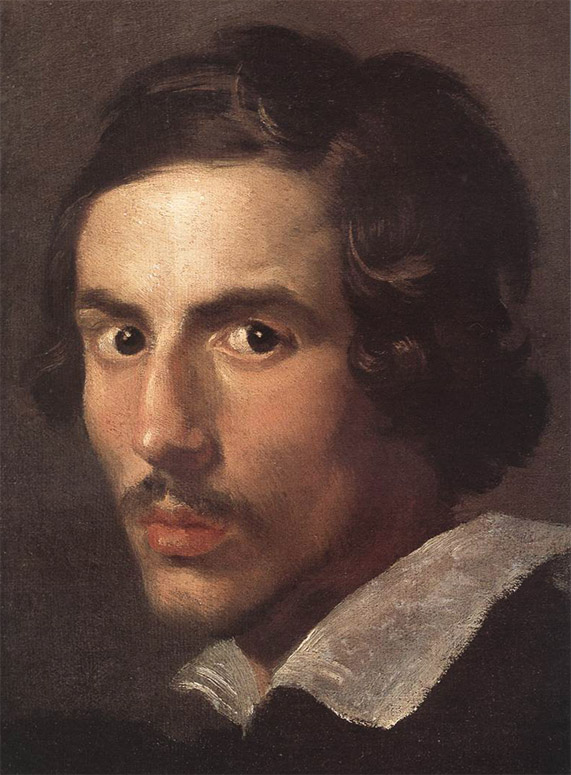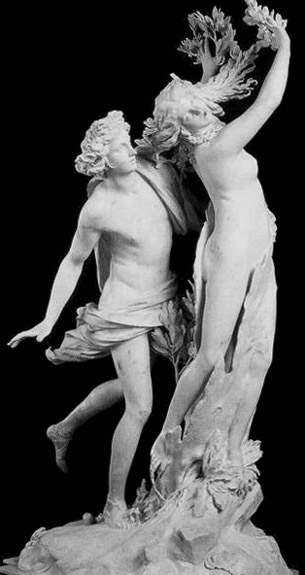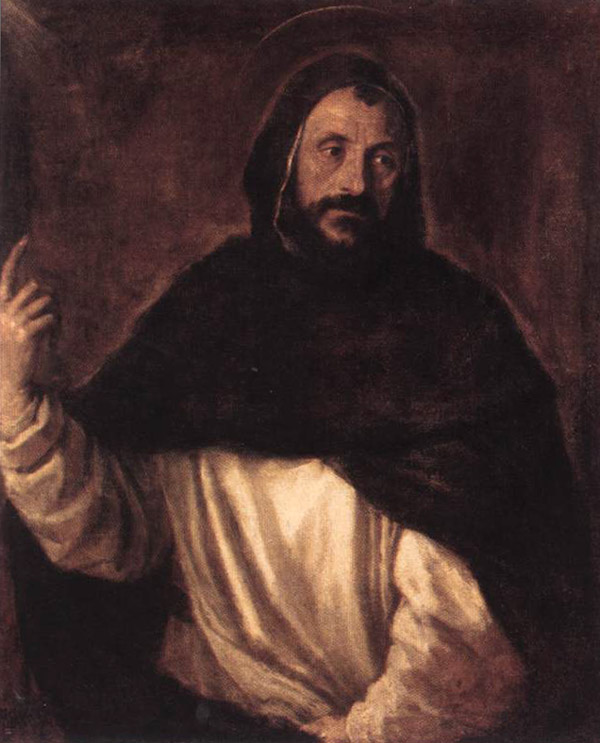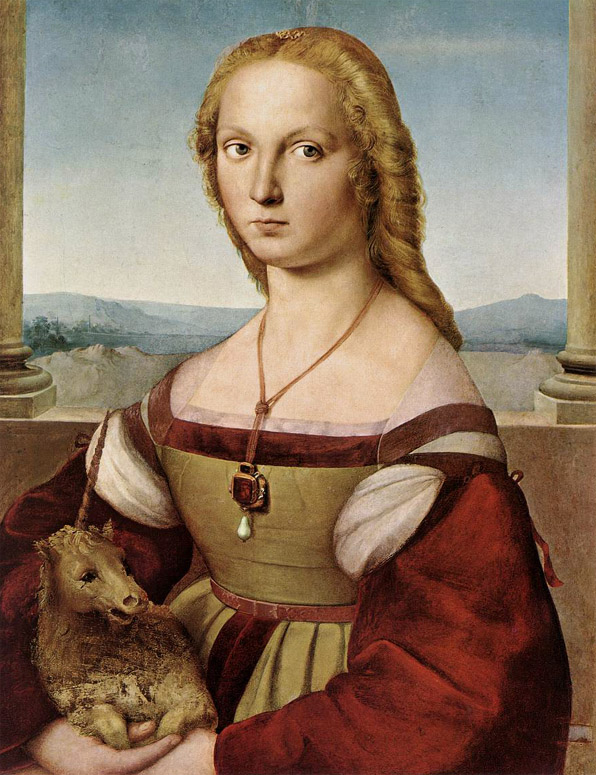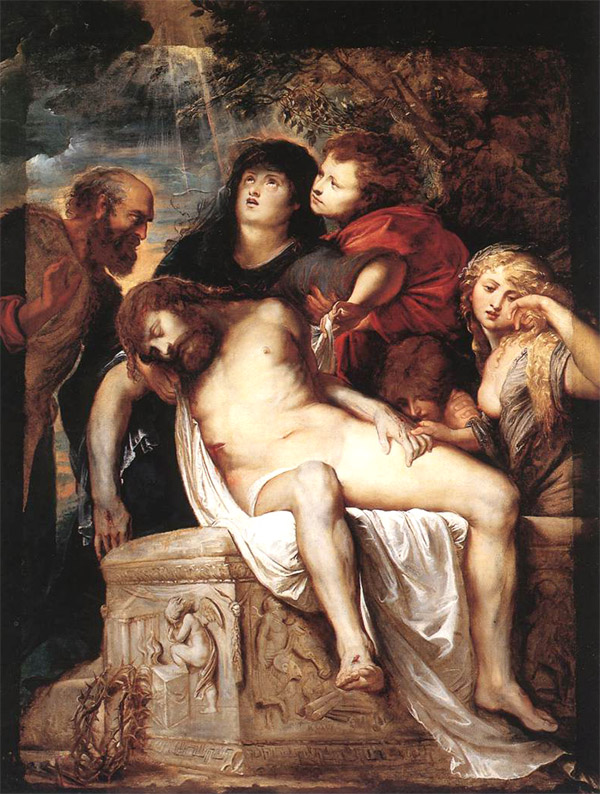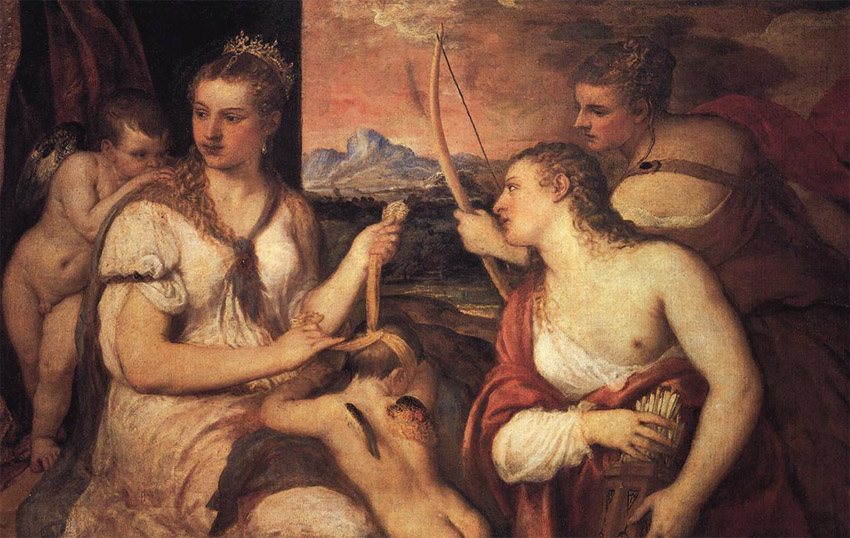The Borghese Gallery (“Galleria Borghese” in Italian) is located within the vast Villa Borghese Park, in a palace of the same name built in the 17th century by Flaminio Ponzio.
It is one of the most prestigious museums in Rome, with the important Borghese Collection comprising paintings, sculptures, and antiquities.
Particularly notable are the Greco-Roman sculptures, the Baroque works by Bernini, Renaissance paintings by masters such as Caravaggio and Titian, as well as sections dedicated to Etruscan art and Modern-era painting, including works by Goya, Renoir, Van Gogh, Cranach, and Rubens.
Brief history and overview of the collection
The Borghese Collection was started in the early 17th century by Cardinal Scipione Borghese, nephew of Pope Paul V. He was an avid collector, particularly fond of the works of Caravaggio, who is well represented in the gallery. He also had the good habit of commissioning sculptures from Bernini.
The collection was continuously expanded by the Borghese family during the 17th century, notably through the inheritance of Olimpia Aldobrandini, who was the wife of Paolo Borghese. Some works came from confiscated collections, such as that of the Cavaliere d’Arpino, which was given to Scipione by Paul V in 1607, or were purchased, like the collection of Tommaso della Porta in 1609.
While it was already widely visited, the villa became a true public museum at the end of the 18th century, when its garden was also completely redesigned, with water features and statues.
In 1808, Prince Camillo Borghese, husband of Pauline Bonaparte, was forced to sell hundreds of artworks to his brother-in-law, Napoleon I. As a result, famous works are now found in the Louvre, such as the Hellenistic sculptures of the Borghese Gladiator and the Hermaphrodite.
Villa Borghese and its vast park were sold to the Italian government in 1902, along with the entire Borghese estate.
Map and address
Address : Piazzale Scipione Borghese, 5, 00197 Roma RM, ItalieIf you see this after your page is loaded completely, leafletJS files are missing.
Conditions of visit and information
| Tickets to visit the Borghese Gallery | |
| Hotels, rooms and apartments near the monument |
| Galleria Borghese (Galleria Borghese) Villa Borghese / Piazzale del Museo Borghese, 5 – 00197 ROMA Tel.: +39 06 32810 – Fax: +39 06 32651329 |
Opening hours and visits to Galleria Borghese
Prices
|
Learn more, sources and links
|
Galleria Borghese Collections
The Galleria Borghese collection, featuring masterpieces of sculpture and painting, is spread over two floors and twenty rooms.
The main floor is particularly dedicated to classical antiquities dating from the 1st to the 3rd century AD. Among the highlights is a famous gladiator mosaic (c. 320 AD) discovered at Torrenova on the Via Casilina in 1834. This floor also houses neoclassical sculptures, notably Antonio Canova’s Venus Victrix (1805–1808). Many sculptures are displayed in their original intended placement, including works by Gian Lorenzo Bernini, reflecting the historic arrangement of the collection.
Notable Works
Hellenistic & Roman Sculptures
- Sleeping Hermaphrodite: a Roman copy of a Greek original from the 2nd century BC, typical of Hellenistic art and reproduced in Rome during the 1st century AD.
- Satyros in Combat: likely a Roman statue from the Imperial period, created between the 1st and 2nd century AD.
- Statue of Meleager: probably dating from the 1st century BC during the Roman Republic, inspired by Hellenistic sculpture.
- Colossal Statue of Dionysus: possibly from the 1st or 2nd century AD, when Dionysus representations were popular in Roman art.
- Portrait of Alexander the Great: may be a Roman copy of a bronze Greek original from the 4th century BC, made during Alexander’s era.
- Harpocrates playing with a duck: a Roman statue dating from the 1st century AD, showing Egyptian influence in Roman art.
- Statue of Paris: likely a Roman copy of a Hellenistic sculpture from the 2nd century BC, depicting the Trojan prince.
- Satyros Leaning: a Roman copy of a Hellenistic sculpture from the 2nd century BC, featuring a popular mythological figure in ancient art.
Baroque, Renaissance & Neoclassical Sculptures
- Works by Gian Lorenzo Bernini:
- The Goat Amalthea (1609–1615): mythological goat that nourished the infant Zeus.
- Aeneas, Anchises & Ascanius (1618–1619): depiction of Aeneas fleeing Troy carrying his father and leading his son.
- The Rape of Proserpine (1621–1622): dramatic scene of Proserpine abducted by Pluto.
- Apollo and Daphne (1622–1625): Daphne’s transformation into a laurel tree to escape Apollo.
- David (1623–1624): the moment David prepares to hurl the stone at Goliath.
- Truth Unveiled by Time (1646–1652): allegory of truth triumphing over time.
- Bust of Pope Paul V (1618): portrait of Pope Paul V, uncle of Cardinal Scipione Borghese.
- Bust of Scipione Borghese (1632): depiction of the cardinal, Bernini’s patron.
- Antonio Canova:
- Pauline Borghese as Venus Victrix (1805–1808): sculpture of Pauline Bonaparte as the goddess of victory.
- Jean-Antoine Houdon:
- Saint John the Baptist (c. 1775): realistic representation of the saint.
- Anonymous Sculptor:
- The She-wolf Nursing Romulus and Remus: legendary emblem of the founding of Rome.
Paintings
- Jacopo Bassano:
- The Last Supper (c. 1546): depiction of Christ’s final meal with his apostles.
- The Adoration of the Shepherds (c. 1539): Nativity scene with shepherds paying homage.
- Gian Lorenzo Bernini:
- Youth Self‑Portrait (c. 1623): portrait of the artist at a young age.
- Self‑Portrait at Maturity (c. 1635): later-life representation of Bernini.
- Portrait of a Boy: study of a young boy, possibly a family member.
- Sandro Botticelli:
- Madonna and Child (1467): Madonna holding the Christ Child, characteristic of Botticelli’s delicate style.
- Jan Bruegel the Elder:
- Orpheus: depiction of the mythological musician charming animals.
- Flower Vase: detailed floral still life demonstrating Bruegel’s mastery.
- Caravaggio:
- Young Boy with Fruit Basket (1593): youth holding a basket of fruits, example of Caravaggisti realism.
- The Madonna of the Palafrenieri (1605–1606): Virgin Mary with Christ Child and Saint Anne, commissioned for the altarpiece.


